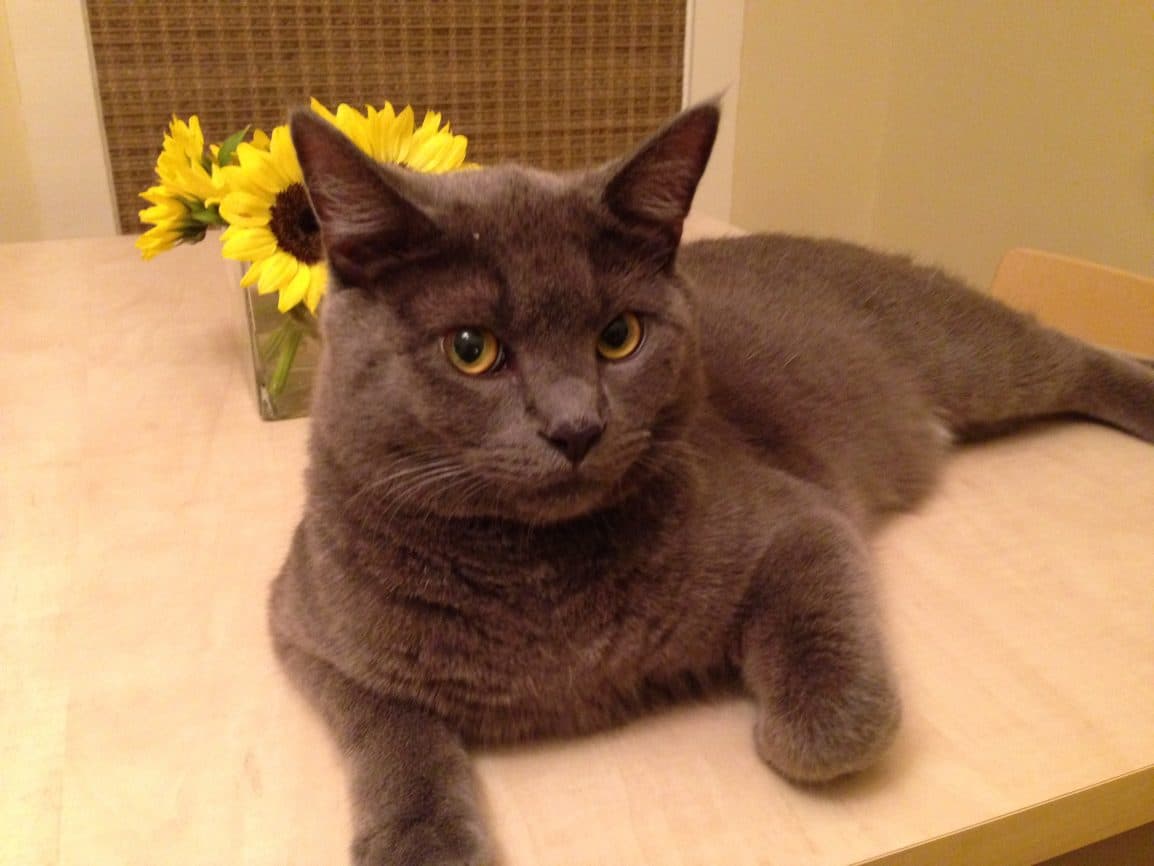Cats love to explore every corner of a home, but that curiosity can expose them to insects and pests that cause discomfort or illness. Fleas, ticks, and other bugs can easily find their way indoors, especially during warmer months. Protecting a cat from harmful pests keeps it healthy, comfortable, and free from unnecessary stress.
There are simple and safe ways to keep bugs away without harsh chemicals or complicated routines. From natural repellents to smart cleaning habits, each step helps create a cleaner and safer home. This guide explains how to build a pest-free space that supports a cat’s well-being year-round.
Use Vet-Approved DIY Cat Insect Repellents with natural ingredients
Natural repellents can protect cats from insects without harsh chemicals. Many vets recommend simple homemade sprays made from ingredients like diluted apple cider vinegar or lemon juice. These mixtures help keep mosquitoes and fleas away while staying safe for a cat’s skin.
Coconut oil also works well. It can be rubbed lightly on a cat’s fur to create a barrier that insects avoid. However, it should be used sparingly to prevent oily buildup.
Herbs such as rosemary and cat-safe essential oils like cedarwood can add extra protection. A few drops mixed with water in a spray bottle can deter pests around bedding or outdoor areas.
For ongoing defense, a chemical free flea collar for cats offers a natural way to repel fleas and ticks for months. It provides steady coverage without synthetic ingredients, making it an easy addition to a cat’s regular care routine.
Regularly clean and vacuum your home to remove pests and their eggs
Regular cleaning helps stop pests before they spread. Dust, crumbs, and pet hair can attract insects that may harm cats. By keeping floors and furniture clear, a home becomes less inviting to bugs such as fleas, ants, or spiders.
Vacuuming removes pests and their eggs from carpets, rugs, and furniture. It also clears hidden debris that pests use for shelter. A vacuum with strong suction can pull out insects from cracks, corners, and under cushions where they often hide.
Focus on areas where a cat spends most of its time, such as sleeping spots or play zones. Empty the vacuum bag or canister right away to prevent pests from escaping back into the house.
Regular cleaning also helps spot early signs of pests, like droppings or bite marks. As a result, the homeowner can act quickly before the problem grows.
Seal cracks and holes in walls and windows to prevent bug entry
Small cracks and gaps around walls or windows can let insects and other pests slip inside. Even tiny openings can attract ants, spiders, or fleas that may bother a cat. Sealing these spaces helps reduce the chance of pests entering and keeps indoor areas cleaner and safer.
Homeowners should inspect window frames, door edges, and baseboards for holes or loose caulking. Any open space wider than a pencil tip can serve as a path for bugs. Using materials such as silicone caulk or expanding foam can block these points effectively.
It also helps to check around vents, pipes, and utility lines where pests often sneak through. After sealing, they should confirm that no gaps remain and that the materials fully dry before repainting or covering. This simple step creates a stronger barrier against unwanted insects and supports a healthier environment for cats.
Incorporate pest-repelling plants like lavender and rosemary indoors
Lavender and rosemary both release scents that many insects dislike. Their natural oils can help keep mosquitoes, flies, and moths away from indoor spaces. These herbs also add a pleasant aroma that people enjoy but pests avoid.
Placing small pots of lavender or rosemary near windows or doorways can reduce the number of bugs that enter the home. The plants grow well in sunny spots and need only moderate watering. Regular trimming keeps them healthy and full.
In addition to pest control, these herbs create a calm and fresh atmosphere. Their fragrance can make living areas feel cleaner and more inviting. As a result, people can protect their cats from unwanted pests without using harsh sprays or chemicals.
Both plants are safe for cats when used responsibly. Keeping them out of reach prevents chewing, yet their scent still helps repel insects naturally. This simple step supports a safer and more comfortable home environment.
Apply cat-safe topical treatments recommended by your veterinarian
A veterinarian may suggest topical treatments to protect a cat from fleas, ticks, or skin irritation. These products come in forms such as creams, ointments, or spot-on solutions. Each type serves a different purpose, so following the vet’s directions helps prevent side effects or poor results.
Topical treatments work best on clean, dry skin. The cat’s fur should be parted to reach the skin directly, and the product should be applied only to the recommended area. This helps the medicine absorb properly and reduces the chance of the cat licking it off.
Owners should avoid using products made for dogs or humans, as some ingredients can harm cats. A vet can advise which products are safe based on the cat’s age, weight, and health.
Regular follow-up with the veterinarian helps track progress and adjust treatment if needed. Proper use of these products supports healthier skin and keeps pests under control.
Conclusion
Cats face many threats from bugs and pests, but simple habits can help protect them. Regular grooming, clean living spaces, and safe pest control methods reduce the risk of bites or illness.
Owners should use cat-safe repellents and avoid harsh chemicals that may harm their pets. Natural options, such as diatomaceous earth or essential oils used correctly, can help keep insects away.
A healthy diet and routine vet visits also strengthen a cat’s defenses. Therefore, consistent care, safe prevention, and awareness create the best protection against harmful pests.

